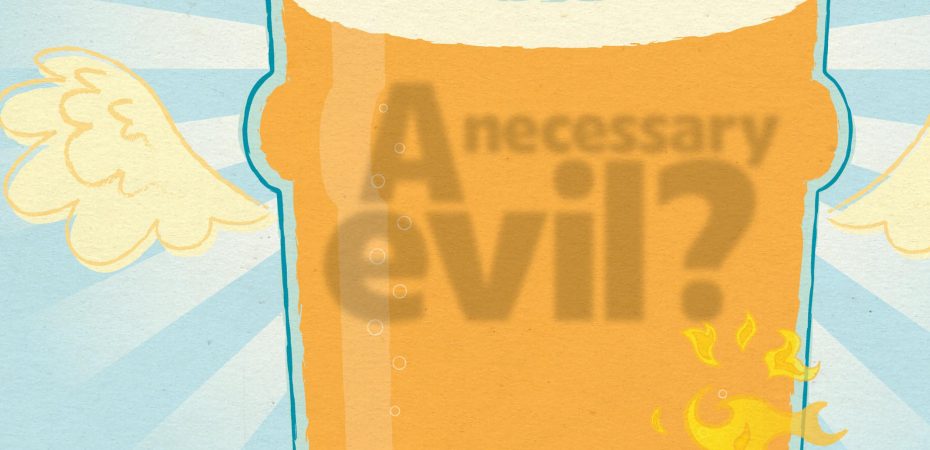It was Ernie, the fastest milkman in the west, who said “do you want it pasteurised? Because pasteurised is best.” It would seem that Ernie was fairly convinced about the value of the technique for milk. However, in the brewing world opinion is decidedly split as to whether pasteurisation is a good thing for beer.
Concerns over its impact on beer flavour and the high energy costs associated with the process mean that pasteurisation is seen, by some, as the enemy of good beer. But for others, if performed carefully, it helps in the brewing of beer that can be given an extended shelf-life without fear of it going sour. Does pasteurisation have a place in modern brewing?
Pasteurisation is a common preservation technique used widely in the food and drink industry. Unlike sterilisation it does not kill all micro-organisms but reduces their number to a level where they are unlikely to cause disease. Fortunately, beer does not support the growth of disease causing micro-organisms mainly due to the anti-microbial properties of alcohol and hops.
However, some particularly hardy bacteria and wild yeast can survive in beer and they like nothing better than to spoil the flavour, and therefore your enjoyment, of your brew.
If we jump back nearly 200 years this was exactly the issue causing great consternation to French brewers until Louis Pasteur applied his knowledge of the fermentation process to the problem.
His work into alcoholic fermentations, which he published in two volumes, Etudes sur les Vin in 1866 and Etudes sur les Biere in 1876, enabled Pasteur to identify that changes brought about when wine or beer fermented occurred due to the presence of micro-organisms in particular yeast.
It was as a result of this work that Pasteur was asked to help the local breweries which were having difficulties with beer turning sour and having to be destroyed. In fact the souring of beer and wine was, at that time, a major economic problem in France.
By looking at droplets of bad beer under the microscope, Pasteur observed that the beer contained rod shaped bacteria as well as the round yeast cells that he had expected. He went on to demonstrate that the souring problem was due to airborne organisms that could be trapped in guncotton and inactivated by heat.
From this research the technique of pasteurisation was developed with the first test being completed by Pasteur and Claude Bernard in 1862.
In brewing, two methods of pasteurisation are employed: tunnel and flash.
Tunnel pasteurisation is usually employed for beer which is to be packed in cans or bottles. It is a longer process than flash pasteurisation but the temperature the beer is exposed to is lower, around 60ºC. During the process the beer passes through a tunnel which is broken up into a number of chambers that are at different temperatures.
As the beer moves through the tunnel it is gradually heated to the pasteurisation temperature of 60ºC and held at that temperature for a defined period of time before being cooled back down to 20ºC. The amount of time that the beer is held at 60ºC is determined by the brewer and is measured in pasteurisation units (PU) where one PU is the lethal effect on micro-organisms obtained by holding beer for one minute at 60ºC. Therefore a beer that has received 30 PUs has been held at 60ºC for 30 minutes.
Flash pasteurisation is generally used when beer is to be filled into kegs and exposes beer to higher temperatures but for a much shorter period of time. This is possible because the higher the temperature the more rapidly micro-organisms are destroyed.
For example for every 7ºC increase in temperature there is a tenfold increase in the rate at which micro-organisms die. The technique involves beer being held at 73ºC for a short time, typically 30 seconds, before being rapidly cooled. Because a higher temperature is employed the time for which the beer is exposed to heat is so short any impact on flavour is greatly reduced.
Article continues in Beers of the World magazine Issue 17

